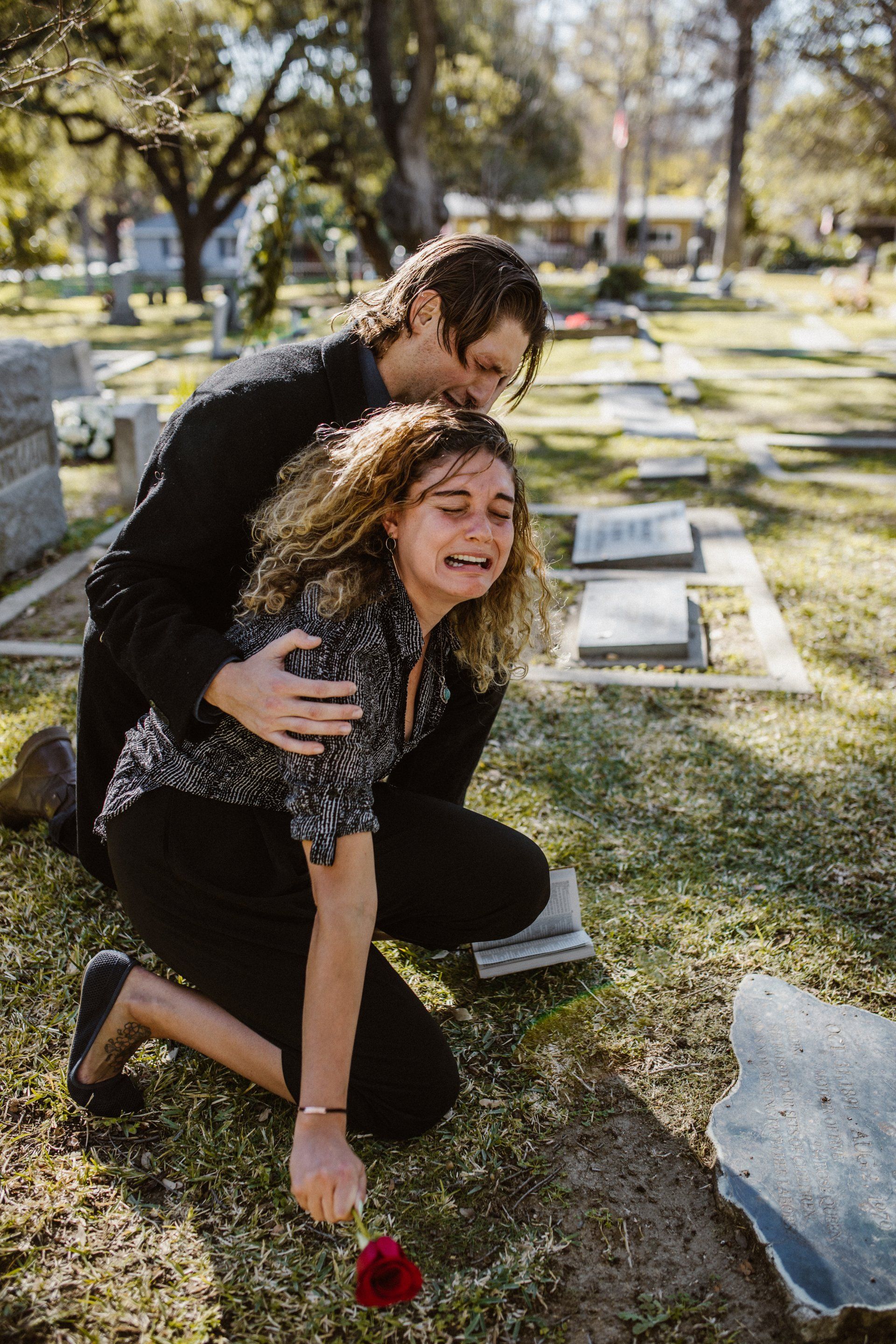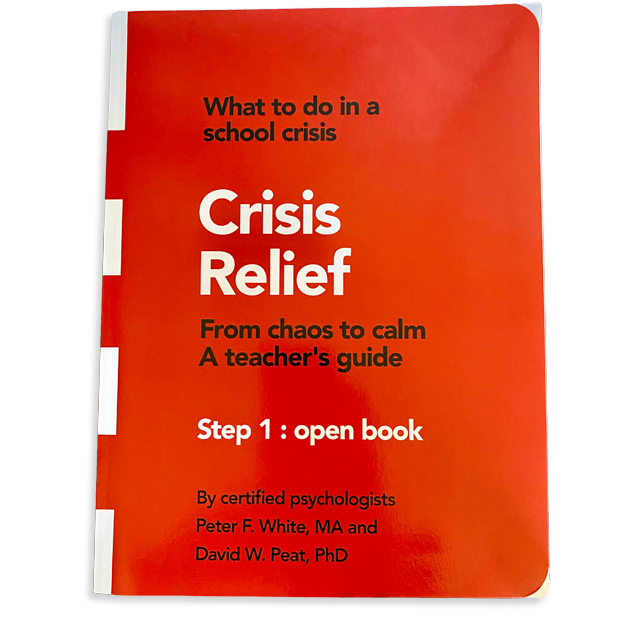HEALTH
Healing Trauma
Equip yourself and others.
Encountering trauma will inevitably impact your learning journey. It's vital to be ready. By gaining deeper self-awareness, we become equipped to guide others through learning from our own experiences. The following serves as a roadmap for navigating the healing process of trauma.
Anxiety? Access three online classes led by experts with deep experience in teaching, teacher preparation and teacher professional development. The first module in each course is free!
TRAUMA
...doesn't have to be this big.
(but a poster can be)
The healing process described is what most people experience when faced with loss. It does not necessarily apply to those who have experienced significant trauma due to war or natural disaster.
The Healing Process
1
You Experience Trauma
Relief
At first, there may be feelings of shock, numbness and disbelief. Those who have experienced trauma may feel overwhelmed and have strong physical reactions.
Be there as they move from shock and disbelief to acceptance that the trauma really did happen.
2
Confronting the Pain
Recovery
When the numbness ends, the emotional pain of grieving begins. It may be very intense, but it will gradually lessen.
Allow those whom you support to acknowledge, experience and work through their feelings of loss, hopelessness and/or loss, and/or despair.
3
Adjusting to life again
Development
As the intensity of trauma reactions diminishes, a willingness to reconnect with the world once more will take added energy.
Your ‘Support Task’ is to encourage engagement in new activities and relationships as they begin to accept the new post trauma
reality.









